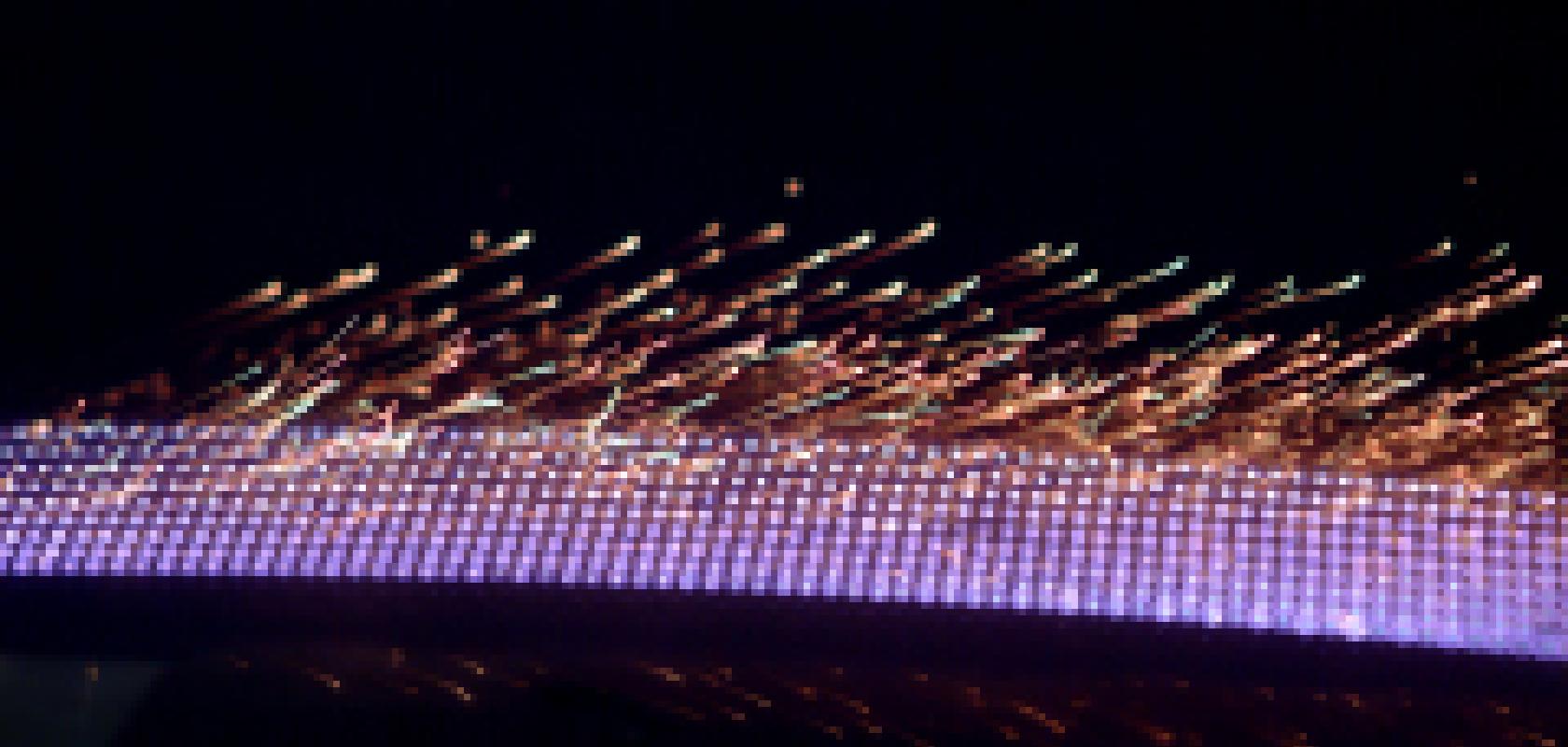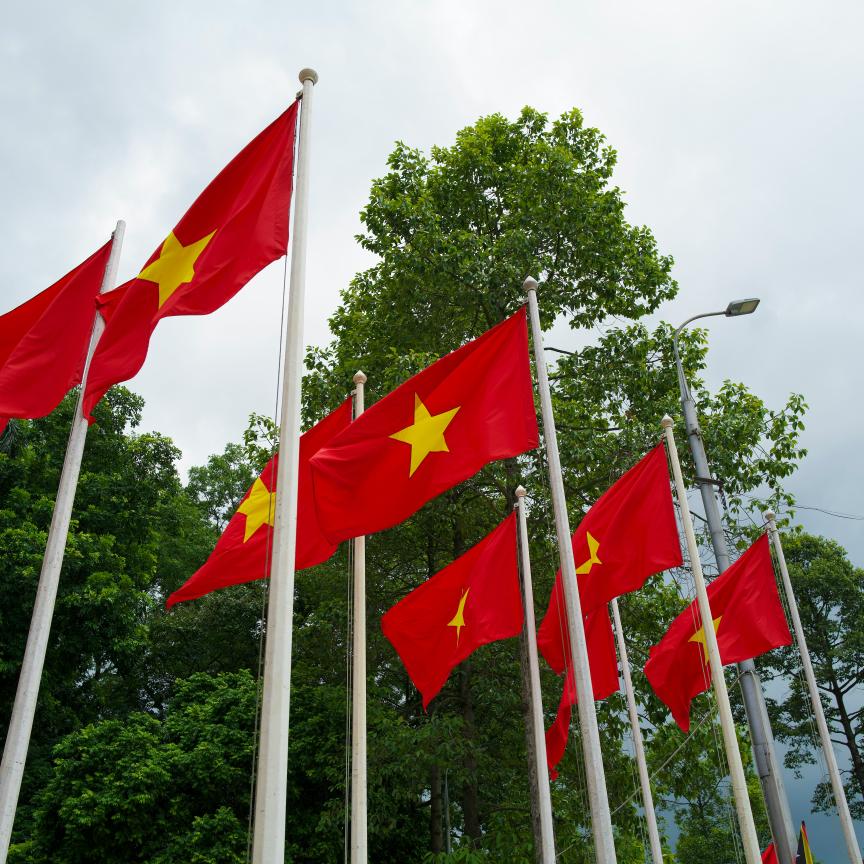By the middle of the next decade, the price of solar power in Germany will decrease to that of conventionally generated electricity. For this to happen, the manufacturing price of solar cells must be reduced, the cells must be made more efficient, and throughput rates for production must be increased. New laser-based manufacturing methods are contributing to reaching those targets.
The overarching goal of an R&D consortium founded in autumn 2008 and funded by the EU is to demonstrate the technical and economic feasibility of laser applications in photovoltaics. Ten companies and institutes are cooperating in the €6m joint project called Solarsys (an acronym for 'Next Generation Solar Cell and Module Laser Processing Systems'), which is being coordinated by the Fraunhofer Institute for Laser Technology (ILT).
Photovoltaics refers to the process of generating electrical power directly from sunlight. It is very popular in some European countries mainly because of favorable feed-in tariffs. The European Photovoltaic Industry Association (EPIA) forecasts that the total installed output will grow tenfold by the year 2017, even though solar power today is far more expensive than electricity generated by conventional means. It is predicted that 'grid parity', which refers to the moment at which solar electricity and conventional household electricity cost the same, will be reached in Germany in the middle of the next decade. One third of the high power cost is due to the cost of materials and another third to the cost of manufacturing solar cells. The lower efficiency of conventional cells also plays a role. Depending on the type of cell, it can be between 6 and 16 per cent. If this is increased, fewer cells are required for the same electrical output.
The Solarsys demonstration project aims to lower manufacturing costs, while increasing cell efficiency at the same time. It is being funded by the EU in the Seventh European Framework Programme in the energy segment. The joint project is worth €6m, €3.5m of which is provided by an EU subsidy. The project was launched on 1 September 2008, and is due to last 36 months.
A consortium of 10 companies and institutes is participating in Solarsys. They include manufacturers and developers of laser systems (Trumpf Laser and Laserline from Germany) and of machines (Manz Automation from Germany), research institutes (CNRS-LP3 from France and IMEC from Belgium), producers of solar cells and solar modules (BP Solar from Spain, Solland Solar from The Netherlands and Energy Solutions from Bulgaria) and a manufacturer of beam guiding systems (Scanlab from Germany). Because of its many years of experience in the field of laser-based materials processing, the ILT in Aachen is heading the project.
The laser has many advantages as a materials processing tool, such as non-contact machining, controlled energy input, high speed and precision. Yet, in the manufacturing of solar cells, lasers are only used sporadically, for instance to isolate the cell's negative and positive terminals.
Solarsys aims to improve current processes and integrate new methods in industrial production. Five specific processes are involved: high-speed drilling of microscopically small holes, ablation of thin layers without damage to the substrate, laser soldering for cell interconnection, laser isolation of the front and rear sides, as well as laser-based selective doping.
Laser drilling is one example of how Solarsys will lower costs for the manufacturing of silicon solar cells. The 'metal wrap through' concept (MWT) involves transferring the metal contacts from the front of the cell to the back using drilled holes with the diameter of a human hair. This requires drilling 100 holes in less than a second. The aim of this method is to increase cell efficiency by reducing shading from contacts on the front side of the panel, and to simplify cell contacting, since both electrical terminals are on the rear side.
In the future, the connection of several cells to form a single module will also be performed using lasers. Laser soldering permits precise control of the soldering temperatures and hence specific process optimisation. If the temperature at the solar cell deviates from the set value, the laser output can be adjusted accordingly, which enables a high-quality solder joint and low thermal stress.
Thanks to the methods elaborated by Solarsys, a throughput of one cell per second will be attained even for modern, complex cell concepts. Production lines will be set up to demonstrate the industrial feasibility of this laser machining approach. The work of Solarsys will benefit both existing as well as novel solar cell concepts. The aim, in both cases, is to increase throughput and yield, and improve the efficiency of solar cells.


